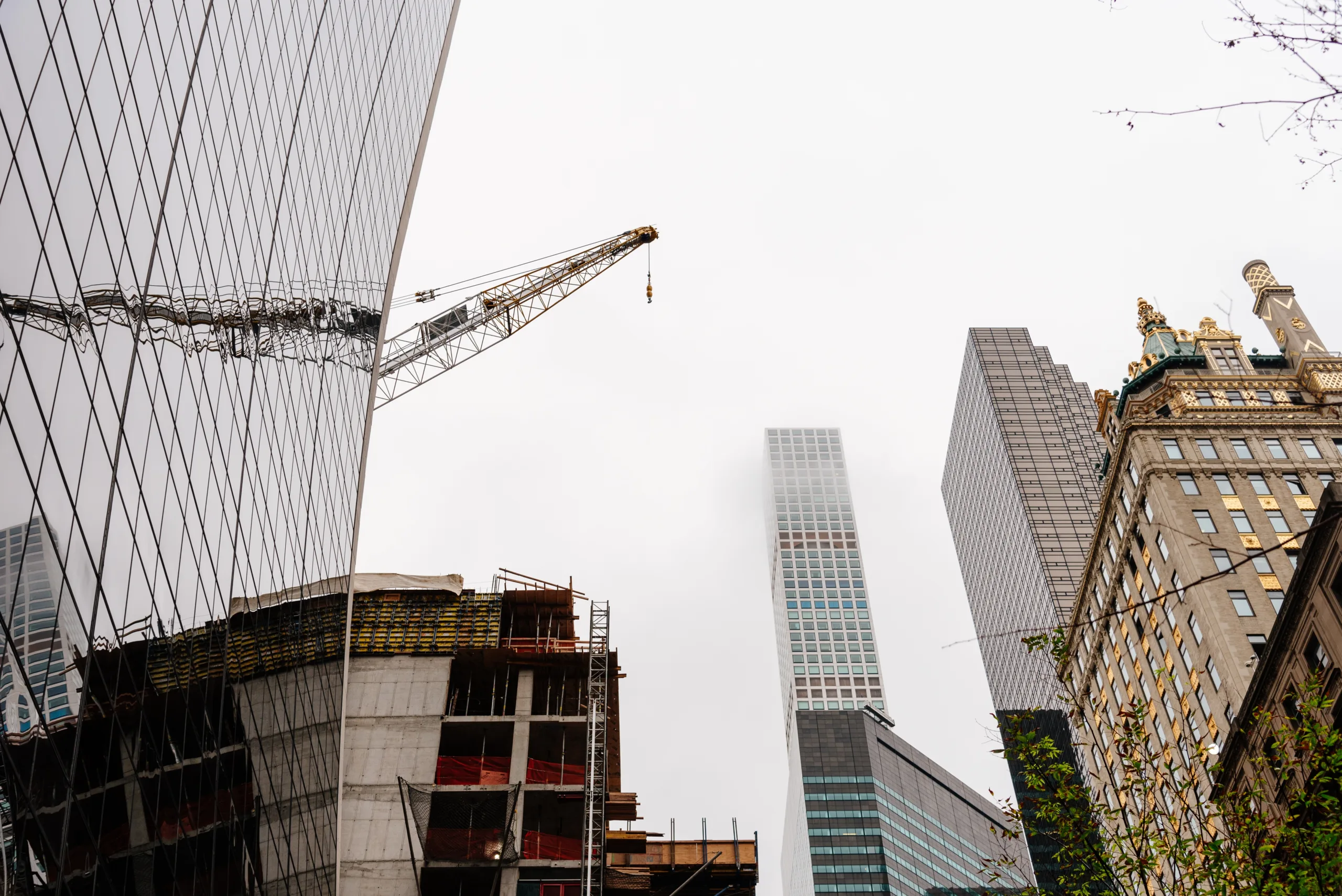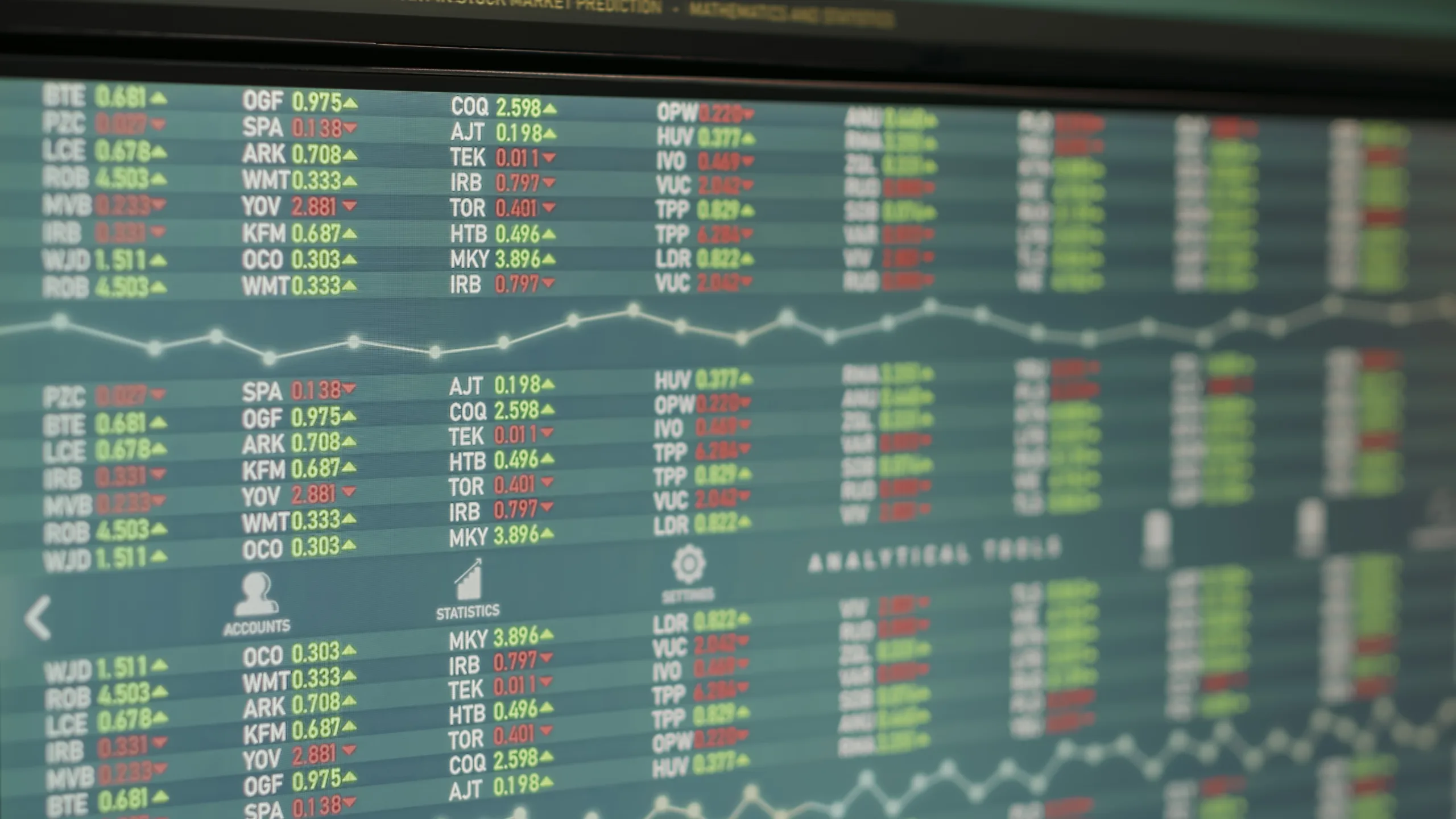- Office demand fell 23.2% in April by tenant count and 26.4% by SF, marking the steepest drop since 2021.
- VTS links the decline to tariff-related uncertainty under the Trump administration, slowing leasing decisions.
- Boston, Northern Virginia, and Silicon Valley saw the sharpest demand drops, while Austin and suburban Maryland held steady.
- A rebound similar to 2023 is possible, but volatile trade policy could delay recovery.
A Familiar Slowdown
A fresh downturn in office leasing activity is raising red flags across commercial real estate markets, reports GlobeSt. According to new data from VTS, tenant demand for office space contracted significantly in April 2025, drawing direct comparisons to the spring 2023 pullback triggered by the collapse of several US regional banks.
The report highlights a 23.2% month-over-month drop in tenant requirement count and a 26.4% decrease in SF—both the steepest declines since the pandemic-era fluctuations of 2021.
Tariff Fallout
Unlike the 2023 shock, which stemmed from a financial crisis, this year’s slowdown appears linked to policy. VTS suggests that recent heavy tariffs on imports enacted by the Trump administration have stoked economic uncertainty, prompting companies to pause expansion or reevaluate office needs.
The result is what VTS calls a “widespread contraction,” as both the volume and size of leasing inquiries fell across nearly all tracked markets.
Get Smarter about what matters in CRE
Stay ahead of trends in commercial real estate with CRE Daily – the free newsletter delivering everything you need to start your day in just 5-minutes
Market-By-Market Breakdown
The drop in office demand wasn’t evenly distributed. Markets hit hardest by tenant count included:
- Boston
- Northern Virginia
- Silicon Valley
Meanwhile, suburban Maryland and Austin showed relative strength, with more stable demand.
Some cities posted mixed signals. In Chicago, leasing activity fell by count but SF rose by 23.8%, pointing to fewer but larger deals. San Francisco saw a similar trend, with a 16.7% drop in activity count offset by a 9.1% increase in leased space.
Is A Rebound Coming?
April 2023 saw a sharp market bounce immediately after its low point, with a 23% rise in tenant requirements and a 54.3% surge in SF the following month. If this pattern repeats, markets could see a quick rebound.
Still, VTS warns the situation may be more complex this time. “The current administration’s tariff policy is proving to be incredibly fluid,” the report notes. As long as uncertainty remains around trade and economic policy, office leasing trends may stay volatile.
Outlook
For now, investors and developers are urged to take a cautious stance. While the April data may signal temporary turbulence, how long the disruption lasts will depend largely on the direction of trade policy—and how quickly confidence returns to the market.


















